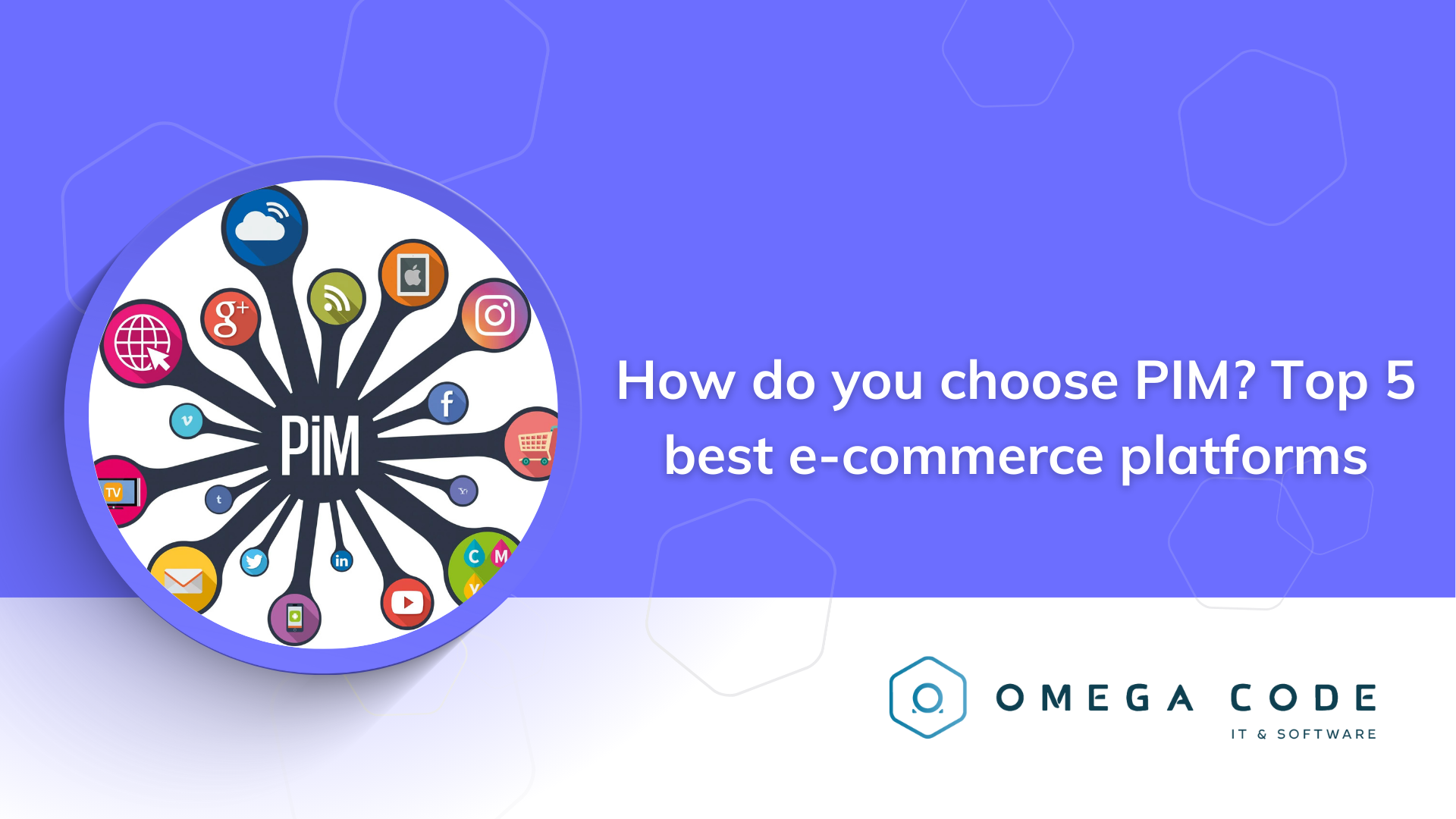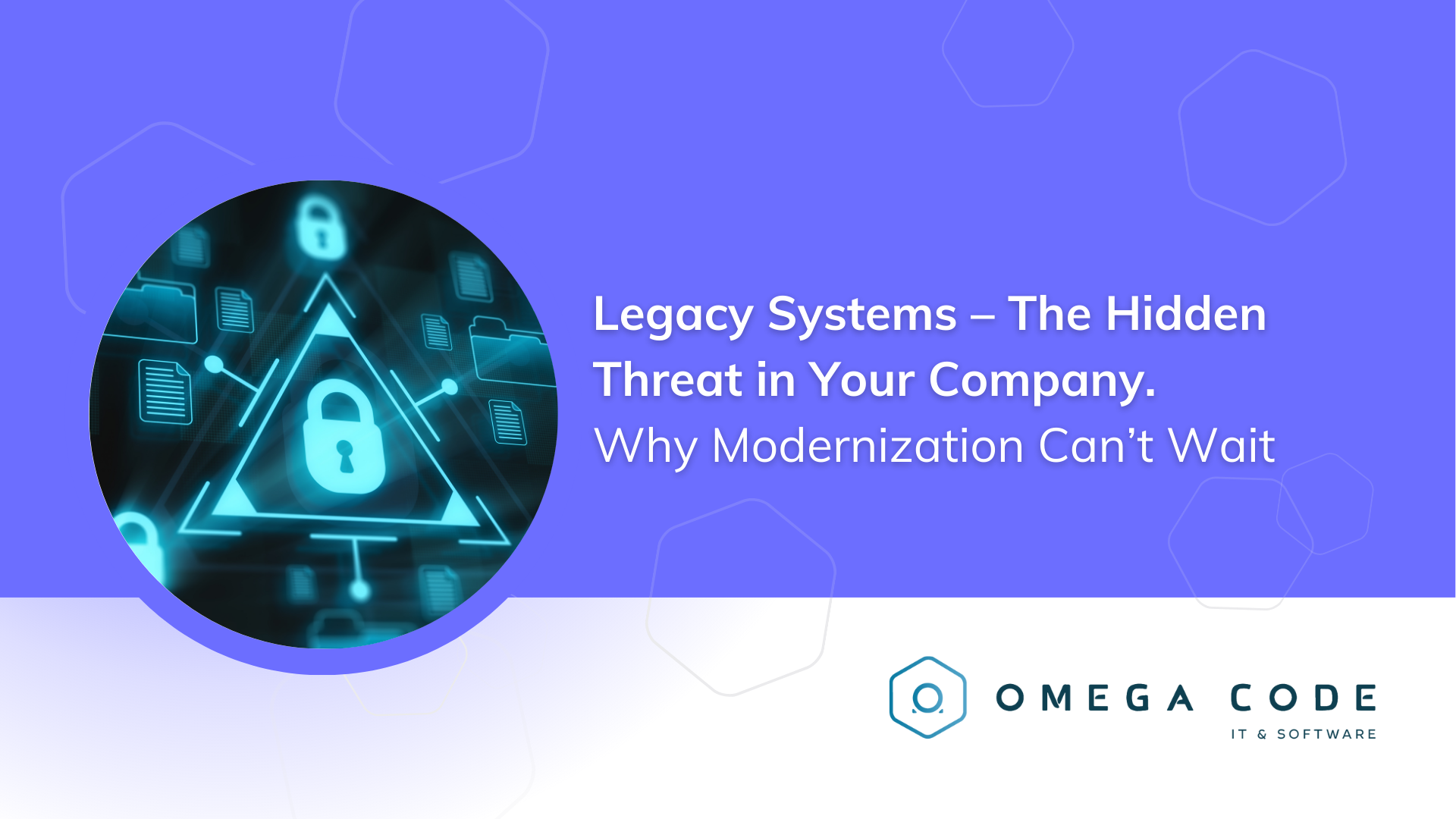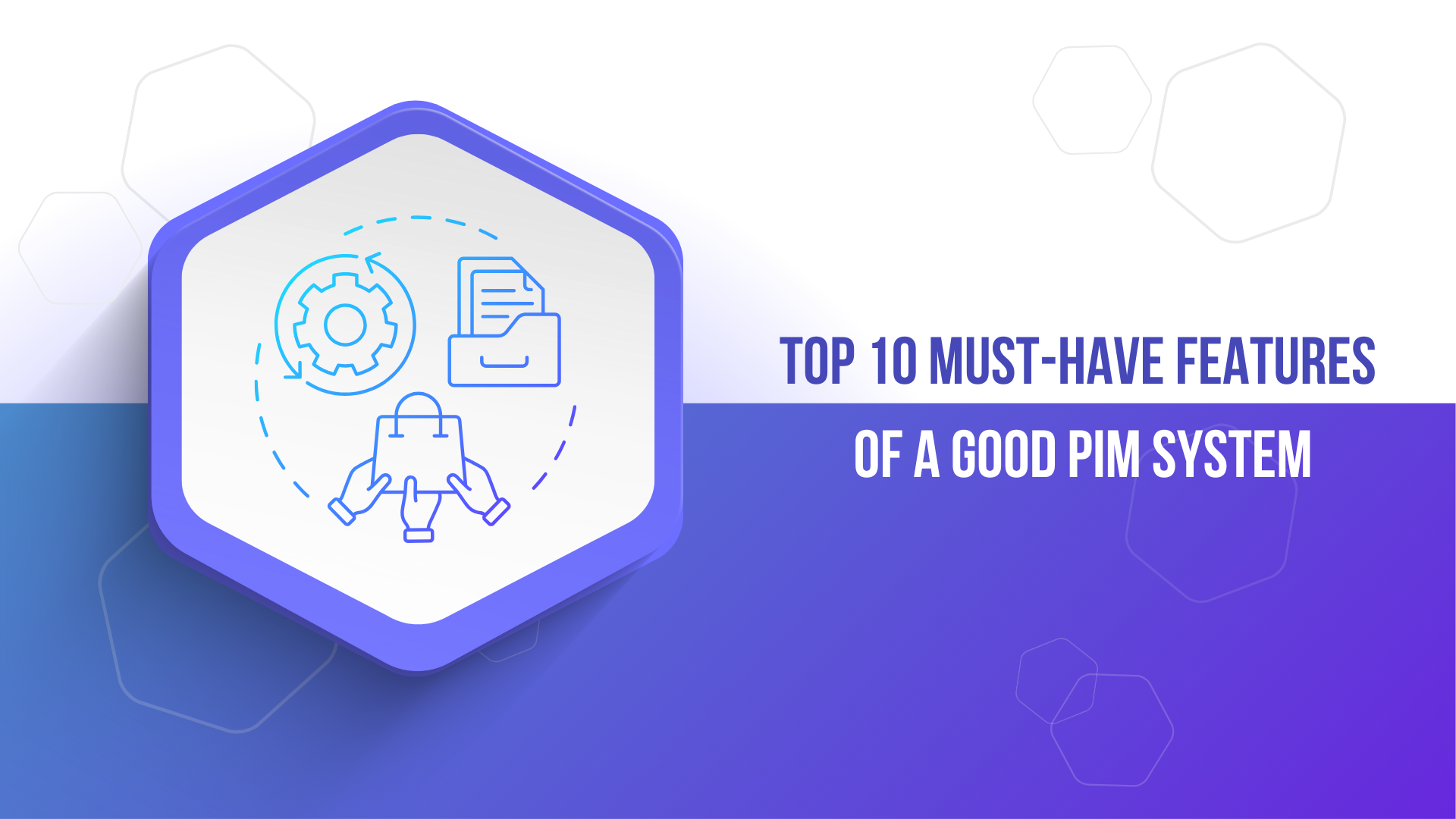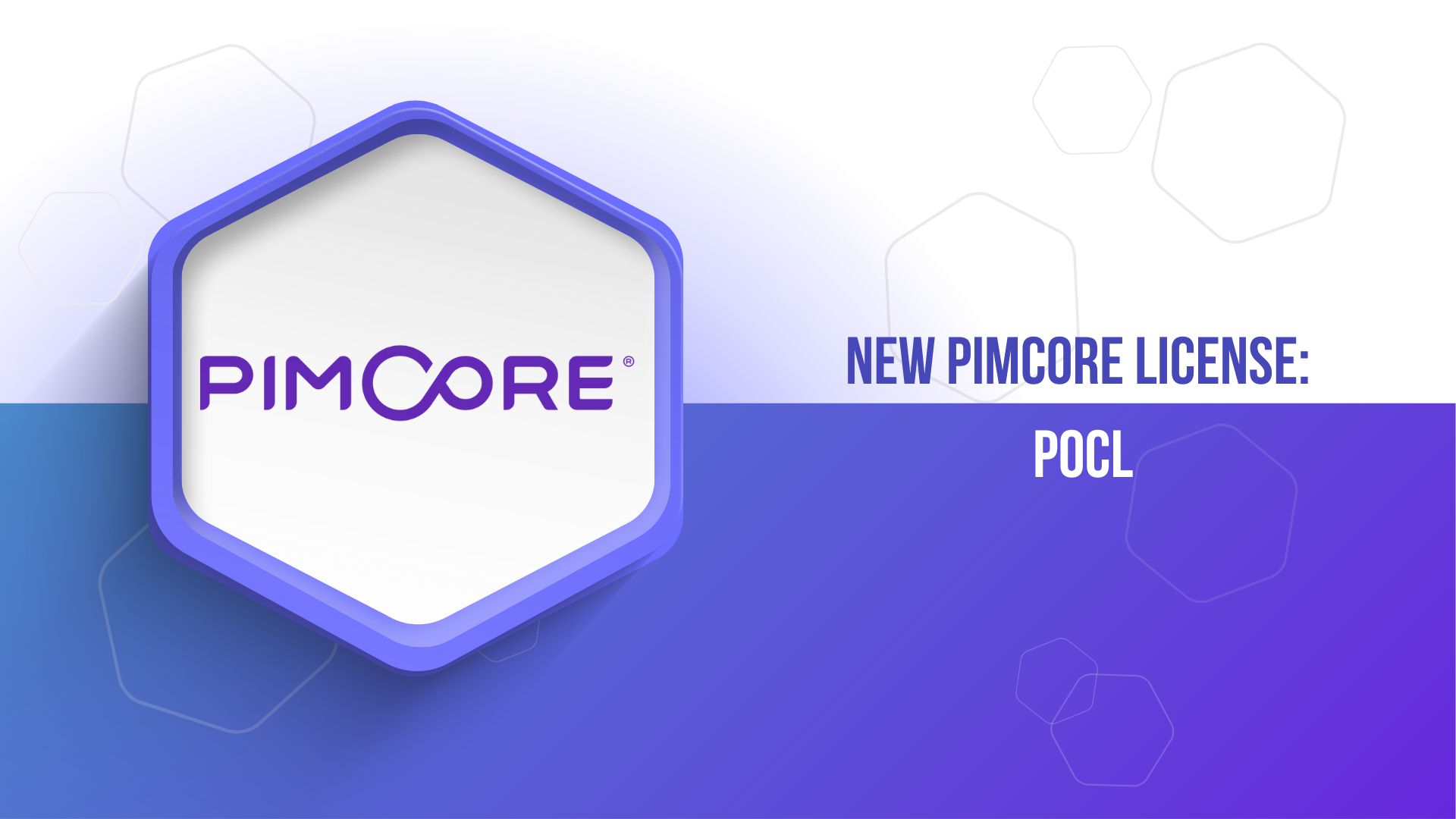How do you choose PIM? Top 5 best e-commerce platforms
However, selecting the right platform from the many available options can be challenging. So, which PIM should you choose, and what factors should you consider?

Product information management is crucial for running a successful e-commerce store. Implementing a PIM system can significantly speed up and streamline data collection and processing. However, selecting the right platform from the many available options can be challenging. So, which PIM should you choose, and what factors should you consider?
What is PIM?
A Product Information Management (PIM) system is a platform designed to manage product data, including descriptions, photos, prices, and technical specifications. For stores that offer a wide range of products and sell across multiple channels, manually updating this information can be truly challenging. PIM addresses this issue by automating the process and integrating it with other systems such as CMS, CRM, and ERP.
Implementing a PIM system brings numerous benefits to organizations, including:
-
Providing a central, synchronized product database
-
Ensuring data and communication consistency across all sales and marketing channels
-
Facilitating real-time data quality and editing
-
Accelerating data exchange within the organization and between teams
-
Reducing the amount of manual work
-
Saving time for marketers and sales representatives
-
Automating processes
-
Providing customers with a consistent and positive shopping experience
-
Enhancing brand image with always up-to-date information
-
Reducing the number of returns and complaints
-
Increasing conversion rates
-
Automatically generating product descriptions and translations
-
Enhancing safety
-
Supporting SEO activities.
How to choose PIM?
Although most PIM platforms on the market offer similar key functionalities, they can differ in many aspects. Here are some factors to consider when choosing a PIM system:
-
Functionalities. Make sure that the selected PIM system offers all the features you need. If you have trouble defining your needs, contact us - we can help you determine your requirements and choose the best solution.
-
Integrations. Verify whether the PIM system can be connected with other tools used in your organization, such as data sources, online stores, and mobile apps.
-
Costs. Since implementing and maintaining a PIM system is an investment, carefully review the suppliers' offers and the prices of the packages you are interested in.
-
Flexibility. Flexibility of the PIM system is crucial for scaling. If your store grows, you may need to adapt the platform to new requirements. Ensure the PIM system allows for easy modification and personalization of processes.
-
Ease of implementation. Make sure that the tool you selected can be smoothly implemented in your organization, that its adoption is straightforward, and that it is intuitive for daily use.
-
Technical assistance. Verify whether the provider offers technical support in case of problems or failures, regularly updates the software, and effectively protects it against cyber threats.
Which PIM should you choose?
To help you decide, we have compiled a list of what we believe are the five best PIM platforms available on the market. Here are the PIM systems worth considering:
Pimcore
Pimcore is an open-source platform based on PHP, designed for organizations that need efficient data and product information management. It is particularly effective for organizations with complex structures and a wide range of products to manage.
Pros of Pimcore:
-
Flexibility, scalability, and extensive development possibilities
-
Effective collection and organization of data from various sources
-
Advanced modules
-
Extensive integration capabilities with external systems (ERP, CRM, CMS, etc.), Google search engine, social media, and analytical tools
-
Built-in editors
-
Framework for building an online store directly on the Pimcore platform, without external tools
-
MDM (Master Data Management) and DAM (Digital Asset Management) modules
-
Product marketing automation
-
High availability of PHP developers
-
Engaged and active community.
Cons of Pimcore:
-
Implementation requires the support of developers or implementation companies
-
Regular adaptations to numerous updates and changes are necessary.
Should you choose Pimcore?
Pimcore is available in three variants, making it suitable for organizations of all sizes. The basic free version is perfect for small businesses and startups. For enterprises seeking advanced features, greater performance, and additional technical support, there is the Enterprise plan. Lastly, the PaaS version is designed for companies that prefer a cloud-based solution, higher flexibility, scalability, and easier IT infrastructure management.
Akeneo
Akeneo, like Pimcore, is an open-source platform based on PHP. It offers extensive capabilities for managing product information, but with a slightly narrowed scope of functionality since it focuses specifically on product data. It is particularly effective for companies implementing an omnichannel strategy.
Pros of Akeneo:
-
Centralization of product information
-
Ensuring data consistency across various platforms
-
Increasing accuracy of product information and enhancing customer experiences
-
Flexibility to adapt to company needs thanks to open-source code
-
Ease of integration with other systems
-
Data import from any source
-
User-friendly interface
-
Availability in Cloud version
-
High availability of PHP developers
-
Active and engaged community.
Cons of Akeneo:
-
High cost of the Enterprise version
-
Automatic updates available only in the full version
-
Implementation requires support from a developer.
Should you choose Akeneo?
The Akeneo platform is available in 3 variants, allowing organizations to choose a plan tailored to their needs. In addition to the free version, primarily designed for small businesses and startups, there are also Enterprise and Growth plans. The Enterprise version is available as SaaS or PaaS and is designed for enterprises requiring comprehensive product information management and technical support. On the other hand, the Growth plan combines features from both previous plans, offering more than the free version and thus being perfect for rapidly growing companies that don't yet require the full Enterprise version.
Salsify
Salsify is a paid PIM platform available in the cloud (SaaS). It offers extensive functionalities designed for managing product information.
Pros of Salsify:
-
Easy integrations with ERP, DAM, and e-commerce platforms
-
Real-time collaboration and data editing capabilities
-
Unlimited number of users
-
Flexibility in assigning permissions
-
Advanced data import and export functionalities
-
Availability of DAM module
-
SEO optimization tool
-
Ability to define custom attributes and relationships between products
-
Feature for completing missing product information
-
Ability to integrate with major marketplaces (Amazon, eBay).
Cons of Salsify:
-
Lack of a free version
-
Higher license cost compared to the majority of other systems
-
Lengthy adoption time due to extensive functionalities
-
Lack of mobile device optimization
-
Need for support of a developer during implementation.
Should you choose Salsify?
Salsify is recommended for companies where product data editing relies on collaboration among a large number of employees. Its functionalities effectively support and streamline such processes. Additionally, the provider offers tools tailored for manufacturers, retailers, and distributors.
Syndigo
Syndigo is an advanced PIM system utilized by companies across various industries. It also offers MDM and DAM systems.
Pros of Syndigo:
-
Direct content distribution to communication channels after customization to their requirements
-
Availability of analytical tools
-
Data accuracy and duplicate management
-
Easy integration with ERP, MDM, and other tools.
Cons of Syndigo:
-
Challenges with automation of content publication
-
Slow responses from technical support.
Should you choose Syndigo?
Among over 1750 companies worldwide that use Syndigo, there are both corporations and local retailers. Syndigo does not have a fixed pricing list or defined plans - pricing is individualized and tailored to the specific requirements and capabilities of each company.
Plytix
Though still a relatively minor tool, Syndigo has gained significant popularity in recent years, with over 10,000 companies on board. It has also garnered awards, including recognition from the platform g2.com.
Pros of Plytix:
-
Availability of 3 pricing tiers (Free, Standard, Pro)
-
Checking data completeness for selected sales channels
-
Availability of a DAM module
-
Integration with Google Analytics
-
Easy operation and implementation without the need for developers
-
Helpful and responsive support
-
Continuous platform development.
Cons of Plytix:
-
Lack of integration with marketplaces.
Should you chose Plytix?
While Plytix is a PIM system designed for small and medium-sized enterprises, it is also successfully used by corporations and larger organizations.
How to choose PIM? Our recommendation
The choice of a PIM tool is not straightforward and should primarily be based on a thorough analysis of the organization's needs. The next step is selecting a provider and plan that will provide maximum benefits within the specified budget constraints.
If you need assistance in choosing a PIM platform, feel free to reach out to us. As experienced implementers, partners of top platforms (Pimcore, Akeneo), and creators of custom e-commerce solutions, we will be able to accurately assess your requirements and advise you on the best provider.





